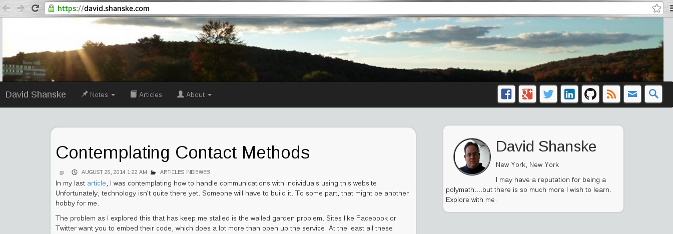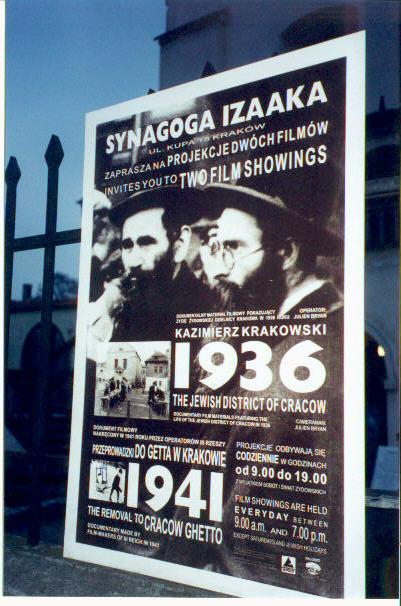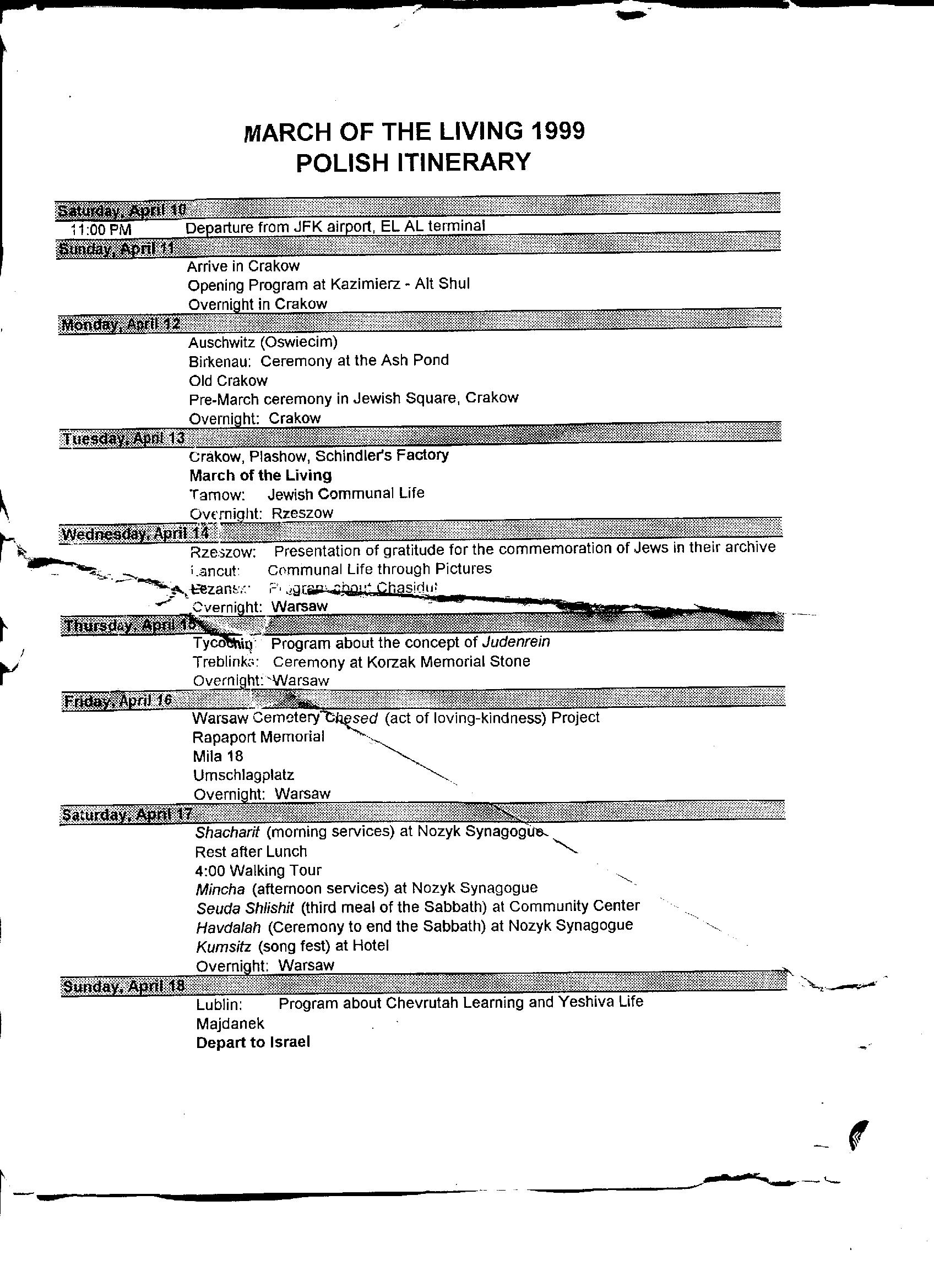A while back, I was reading Tantek Çelik’s
attempt to better define People Focused Mobile Communications. I have had the pleasure of meeting Tantek on two separate occasions at
Indiewebcamp events. Ever since I missed a discussion on this matter at the end of this month, I’ve been thinking about it, although not just for mobile.
Tantek asked, “What if our mobile devices focused on people first and apps second? Remember when they used to? When you looked up a person first, and decided to txt, call, or email them second?”
I remember when I used Trillian on Windows, and now Pidgin on Linux to unify my instant messaging contacts. I didn’t have to care if Bob was on AIM, YIM, ICQ(dating myself there, aren’t I?).
I don’t mind installing applications as methods of communication, but that is the plumbing. I don’t see people going off and saying they want to know how their water gets to their sink. They just want it to work. But, as time has gone on, companies have moved away from allowing third-party clients, which means that third-party clients that take multiple services and a common interface may not be possible in the future.
So, that means that any people-focused communication has to tell a service to launch their application to handle it. The proposal would have you visiting the person’s website, see their page that shows methods of communications in order of priority, look for the method of communication, tap/click it, and you are taken to the website/native application that handles that service.
And, if you make the site smart enough, it can change the presentation based on availability and other factors. If you want people to authenticate their identity somehow, it could show different presentations to friends over strangers.
It sounds very nice. But how does one build such a thing? Or even start building toward such a thing. I’ve been building things I myself want to have for my site. .
There are two ways for a web browser to register handlers for specific types of communication. One is outlined in this Mozilla document and shows how websites can register themselves. Gmail, for example, offers to registers itself to handle email. The second is the registering of an app to handle these. This is pretty common on Android, for example…that a specific action can launch an external application to handle it. For example, if I click a Youtube link on a webpage on my phone, it will ask me if I want to open it in the Android Youtube app. Until recently, iOS has done this using URL handling schemes, but apparently in iOS 8, they will be getting something called App Extensions that will allow this functionality.
Even Facebook got into the app to app communications issue at their last developer conference with AppLinks.
So, in the end, the barrier is that the desktop experience is fragmented, the mobile experience slightly less so, but there is currently no way to ensure a consistent communications experience. If you don’t believe me…try clicking this email link. Did it open your usual email or webmail client?
If the web is the medium by which we communicate, and the web is being sectioned off into silos or walled gardens…sites whose goal is to keep your communications and activities wholly inside their ecosystem, then how do you make communications transparent so the person trying to reach you doesn’t have to know what medium you prefer, that is all handled for them?
So, let’s go back to how we build such a thing. For now, it is create a space…a website that tells people where to reach you. In the old days, we’d use a business card…but the modern tools have the same utility.
In the below shot, from one of my previous articles on this site, I have a series of social buttons that tell you how to find me on Facebook, Twitter, etc… but not how to communicate with me.
That will be changing…or at least enhancing…as soon as I figure out how to convey that. In the meantime…you are welcome to try and find me whatever way you wish…

References

 So, if you look at this test for a new configuration for this site(may be in place if you are reading this in the future), I have the links at the time, which are all syndication points…Twitter, Facebook, Google Plus, RSS, etc… other locations to see the same content, if that is the way you want to seem them.
So, if you look at this test for a new configuration for this site(may be in place if you are reading this in the future), I have the links at the time, which are all syndication points…Twitter, Facebook, Google Plus, RSS, etc… other locations to see the same content, if that is the way you want to seem them.





























